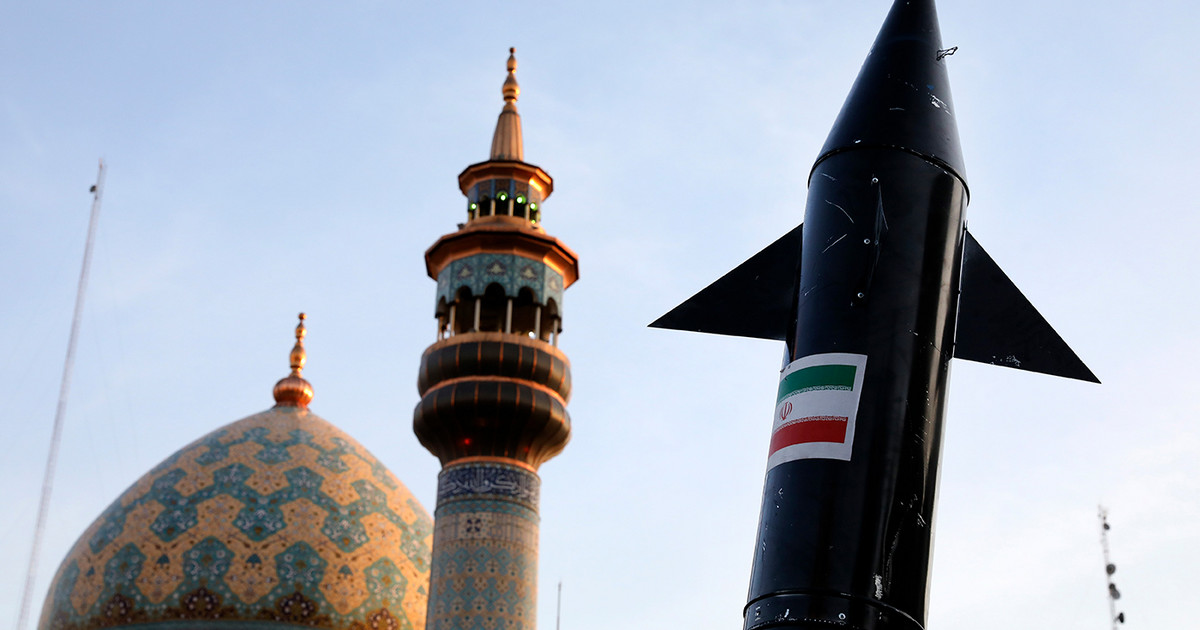Stunning new satellite images revealing the extent of Pakistan’s record-breaking floods show how an overflow from the Indus River turned part of Sindh province into a 100 kilometer-wide inland lake.
Parts of the country are now under water after what United Nations officials described as a “steroid monsoon” brought the heaviest rains in memory and floods that have killed 1,162 people, injured 3,554 and affected 33 million since mid-June.
The new images, taken Aug. 28 from NASA’s Modis satellite sensor, show how a combination of heavy rain and an overflow from the Indus River flooded much of the southern province of Sindh.
In the center of the image, a large area in dark blue shows the Indus overflowing and flooding an area about 100 kilometers wide, transforming what were once agricultural fields into a gigantic inland lake.
It’s a stunning transformation of the photo taken by the same satellite on the same date last year, which shows the river and its tributaries in narrow bands, highlighting the extent of damage in one of the hardest-hit areas.
This year’s monsoon is already the wettest in the country since records began in 1961, according to the Pakistan Meteorological Department, and the season still has a month to go.
In Sindh and Balochistan provinces, rainfall was 500% above average, engulfing entire villages and farmland, destroying buildings and crops.
While most of the dry weather is expected in the region in the coming days, experts say the water will take days to recede.
Pakistan’s Climate Change Minister Sherry Rehman said on Sunday that parts of the country “resembles a small ocean” and that “when this is over, we could have a quarter or a third of Pakistan under water.” .
‘Flood of apocalyptic proportions’
In an interview with CNN on Tuesday (30), Pakistan’s Foreign Minister Bilawal Bhutto Zardari said he visited Sindh and saw firsthand how the floods displaced entire towns and cities.
“There is almost no dry land that we can find. The scale of this tragedy… 33 million people is more than the population of Sri Lanka or Australia,” he said.
“And while we understand that the new reality of climate change means more extreme weather, or monsoons, more extreme heat waves as we saw earlier this year, the scale of the current flood is of apocalyptic proportions. We hope it is not a new climate reality.”
Satellite images by Maxar Technologies of other areas of the country show how entire villages and hundreds of verdant plots of land were flattened by the fast-moving floods.
Images from Gudpur, a town in Punjab, show how floods have damaged homes and replaced the land with winding tracks of bare earth.
Pakistani Prime Minister Shehbaz Sharif arrived in northern Khyber Pakhtunkhwa province on Wednesday to inspect damage caused by the floods.
The province has recorded the most recent deaths after water levels rose exponentially, the country’s National Disaster Management Authority said.
Sharif said Tuesday that the floods were the “worst in Pakistan’s history” and that international assistance was needed to deal with the scale of the devastation.
Source: CNN Brasil
I’m James Harper, a highly experienced and accomplished news writer for World Stock Market. I have been writing in the Politics section of the website for over five years, providing readers with up-to-date and insightful information about current events in politics. My work is widely read and respected by many industry professionals as well as laymen.






